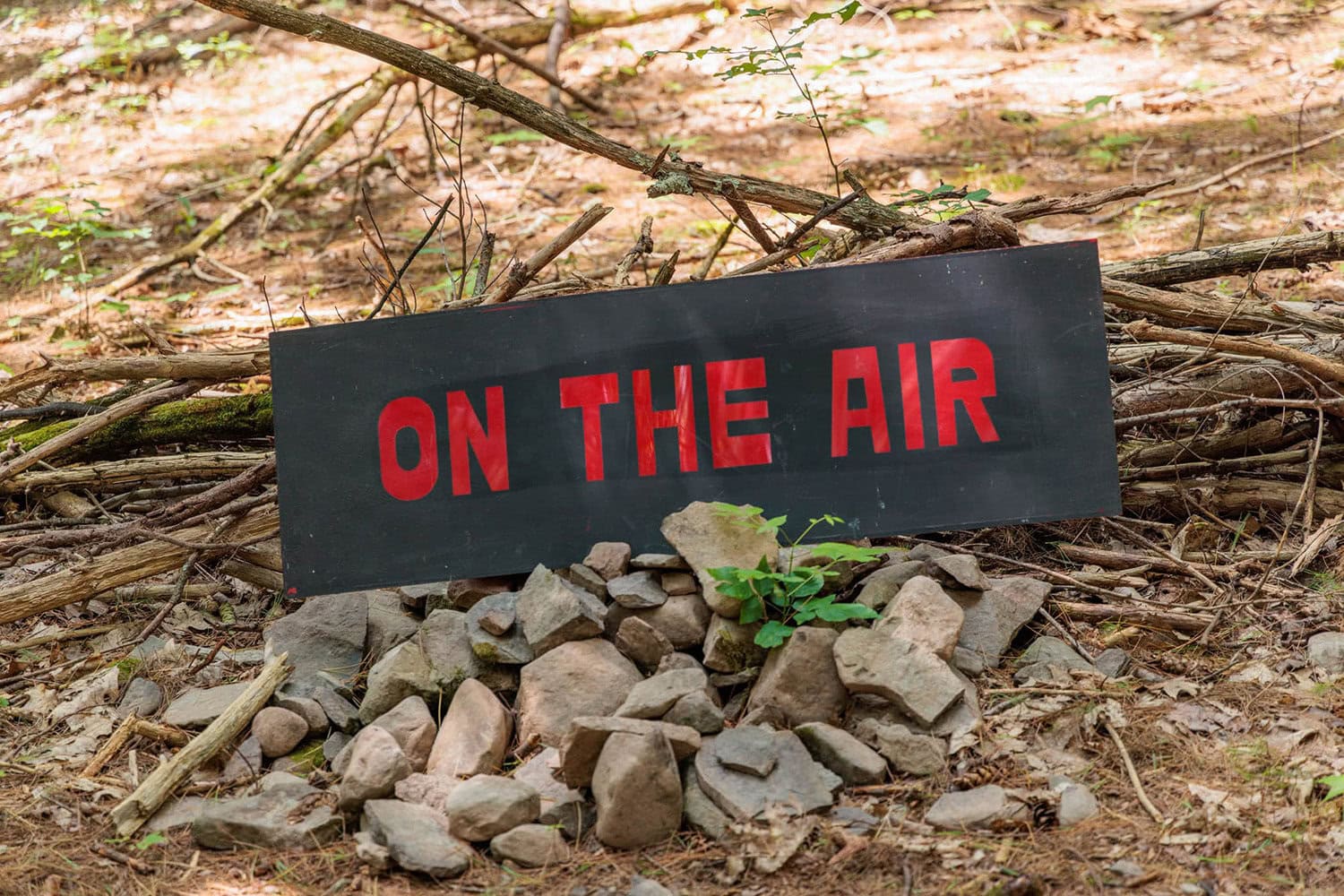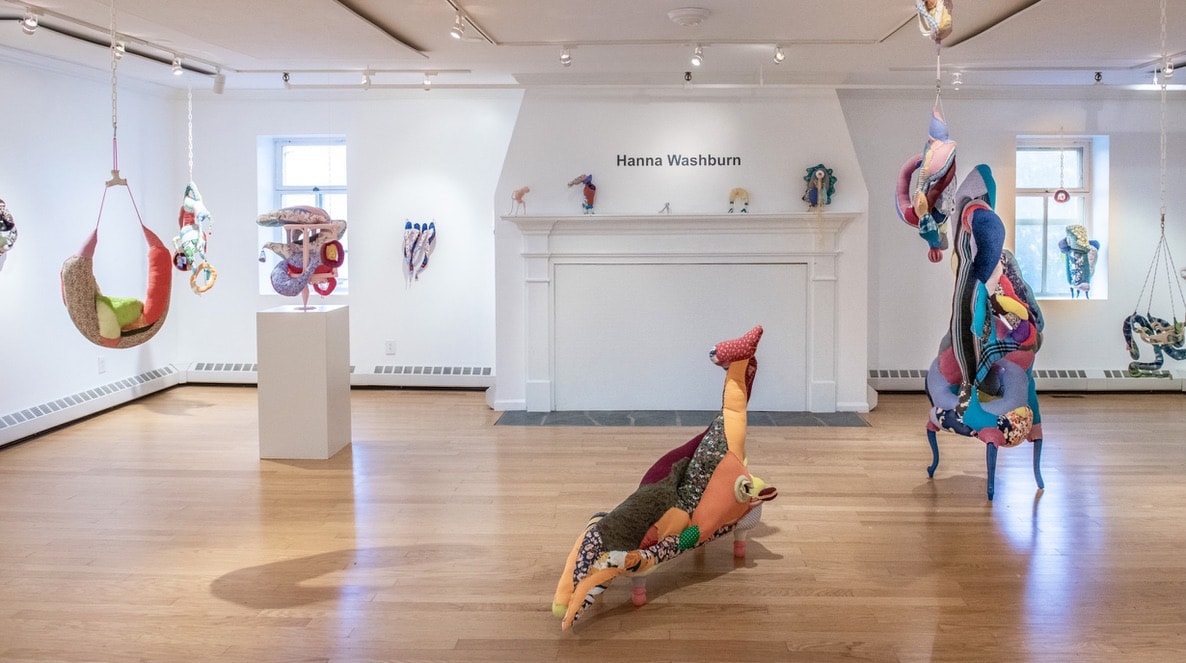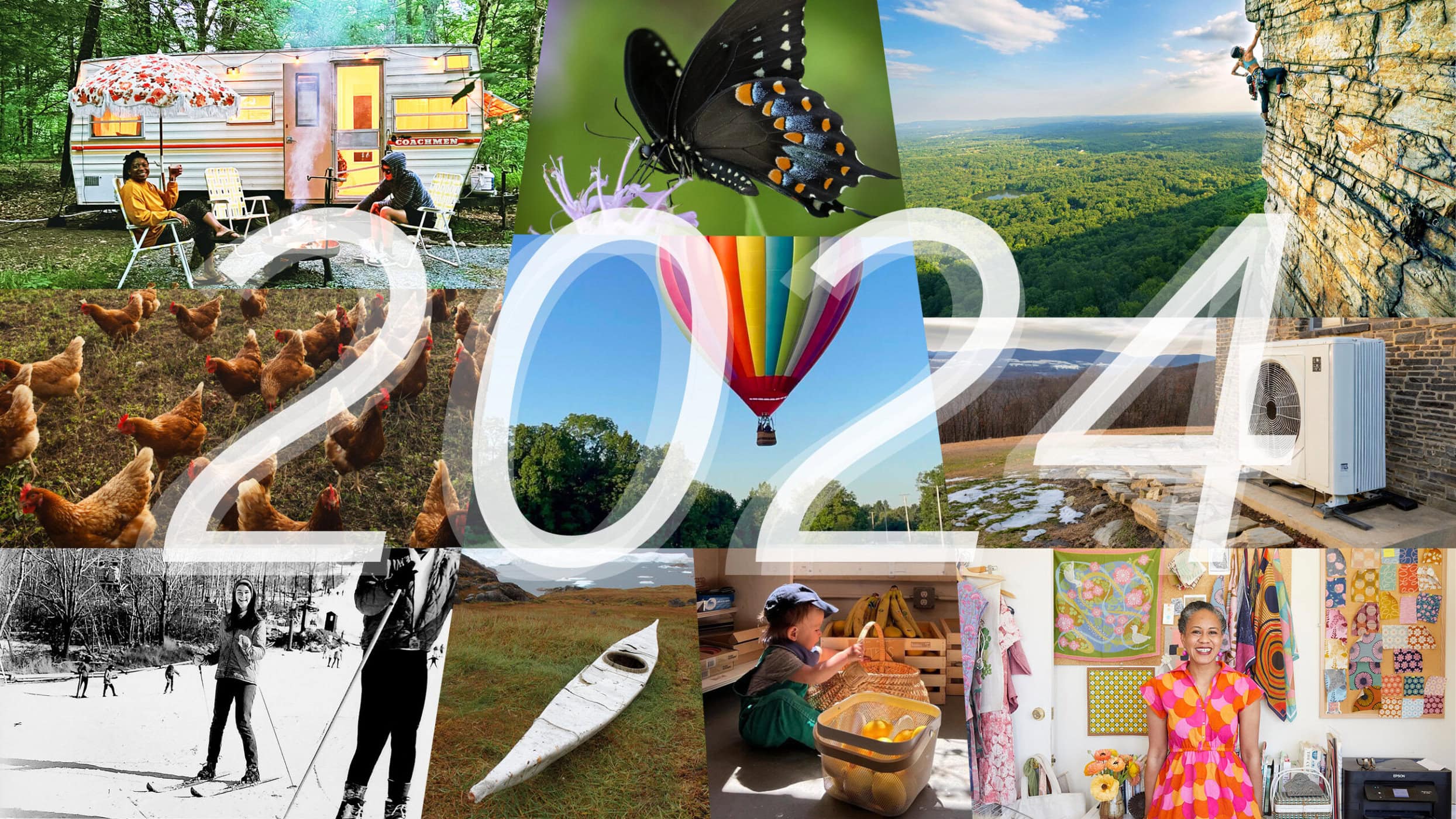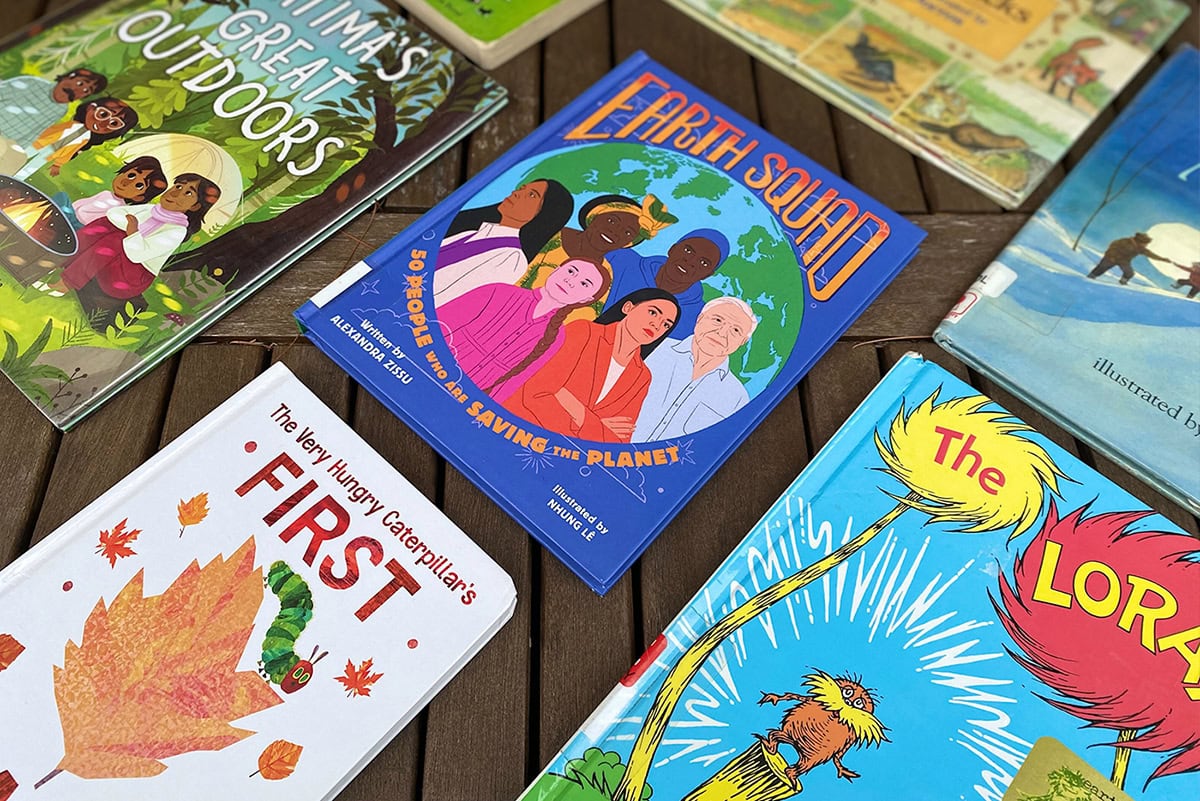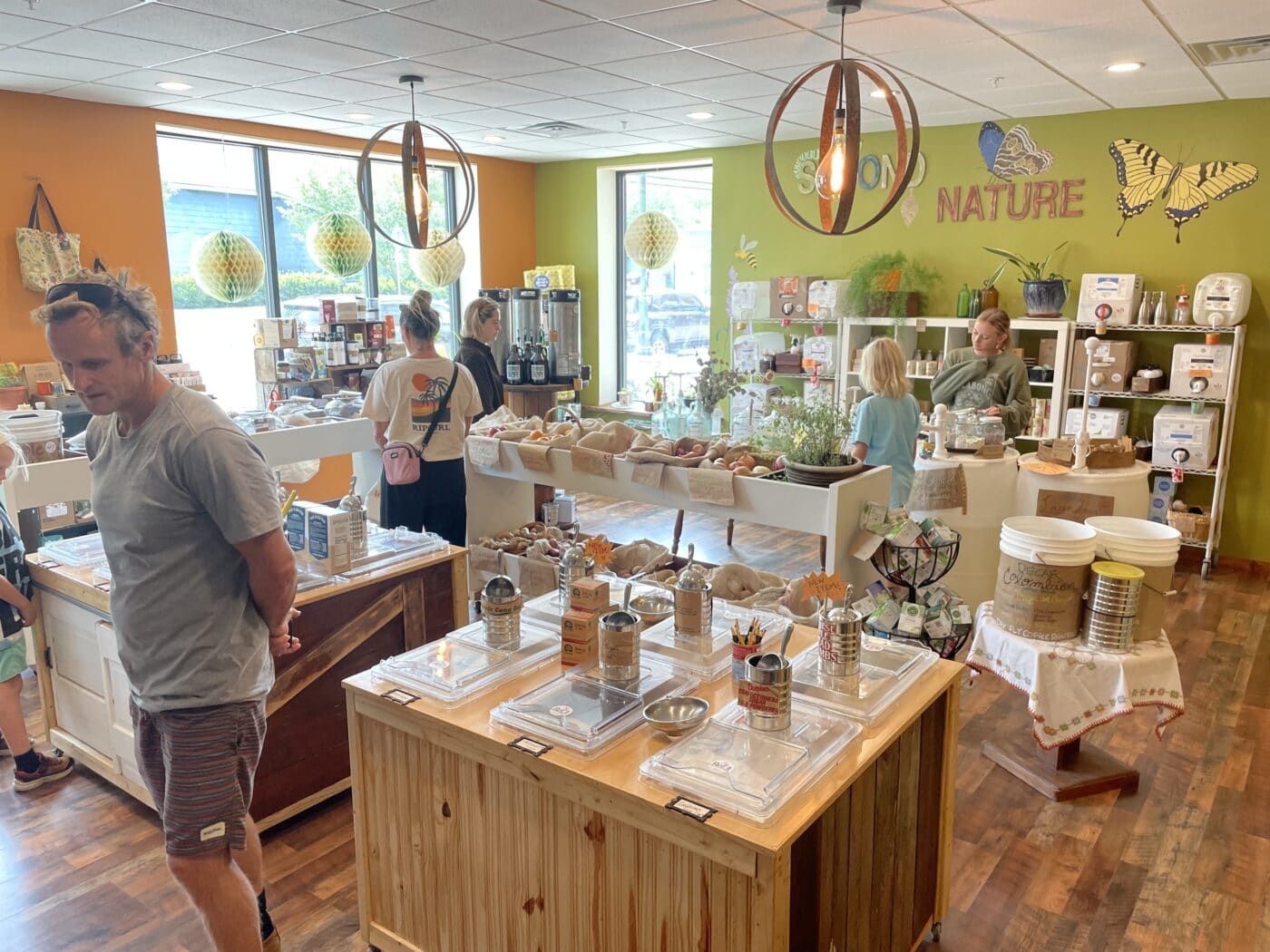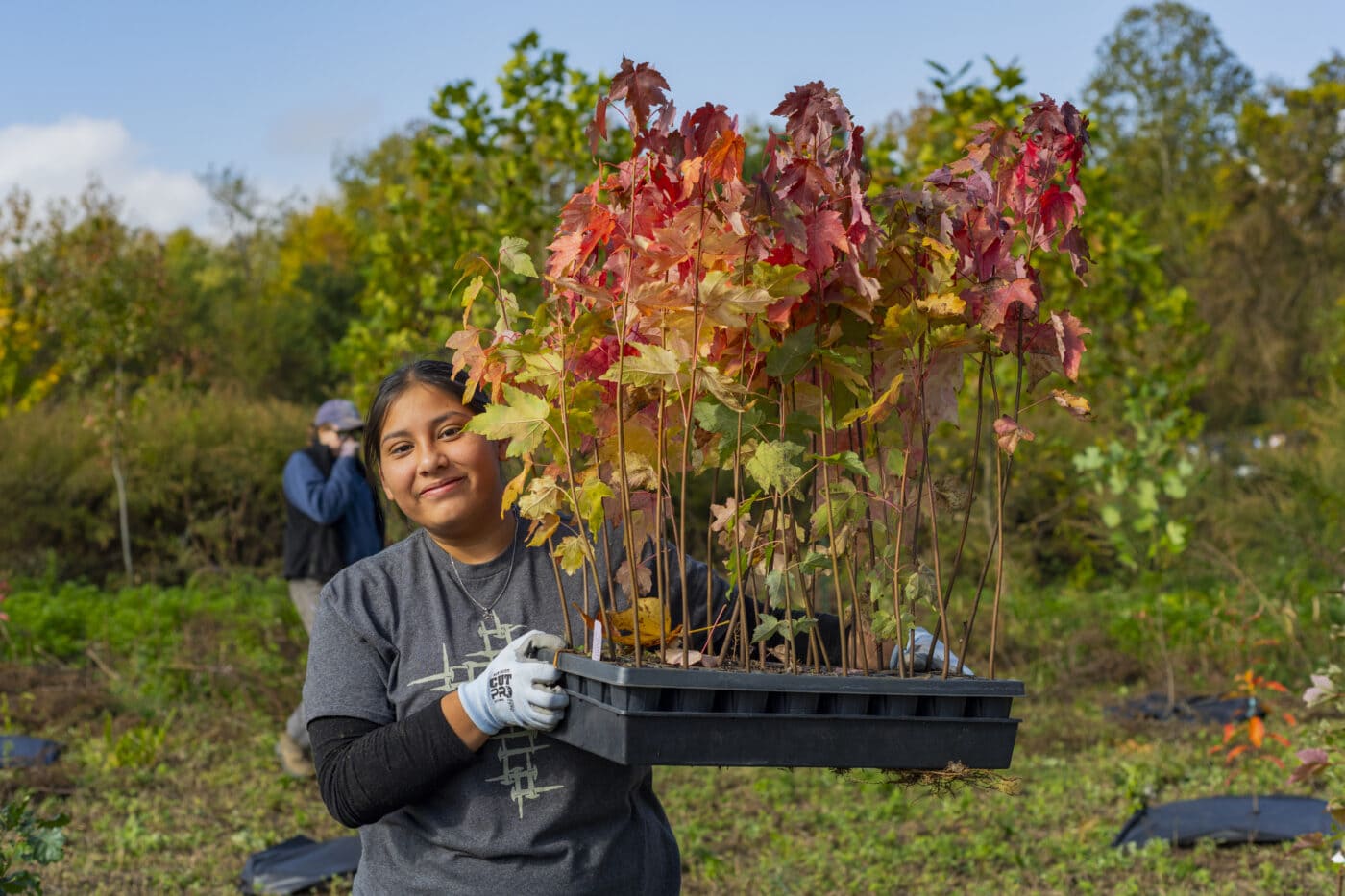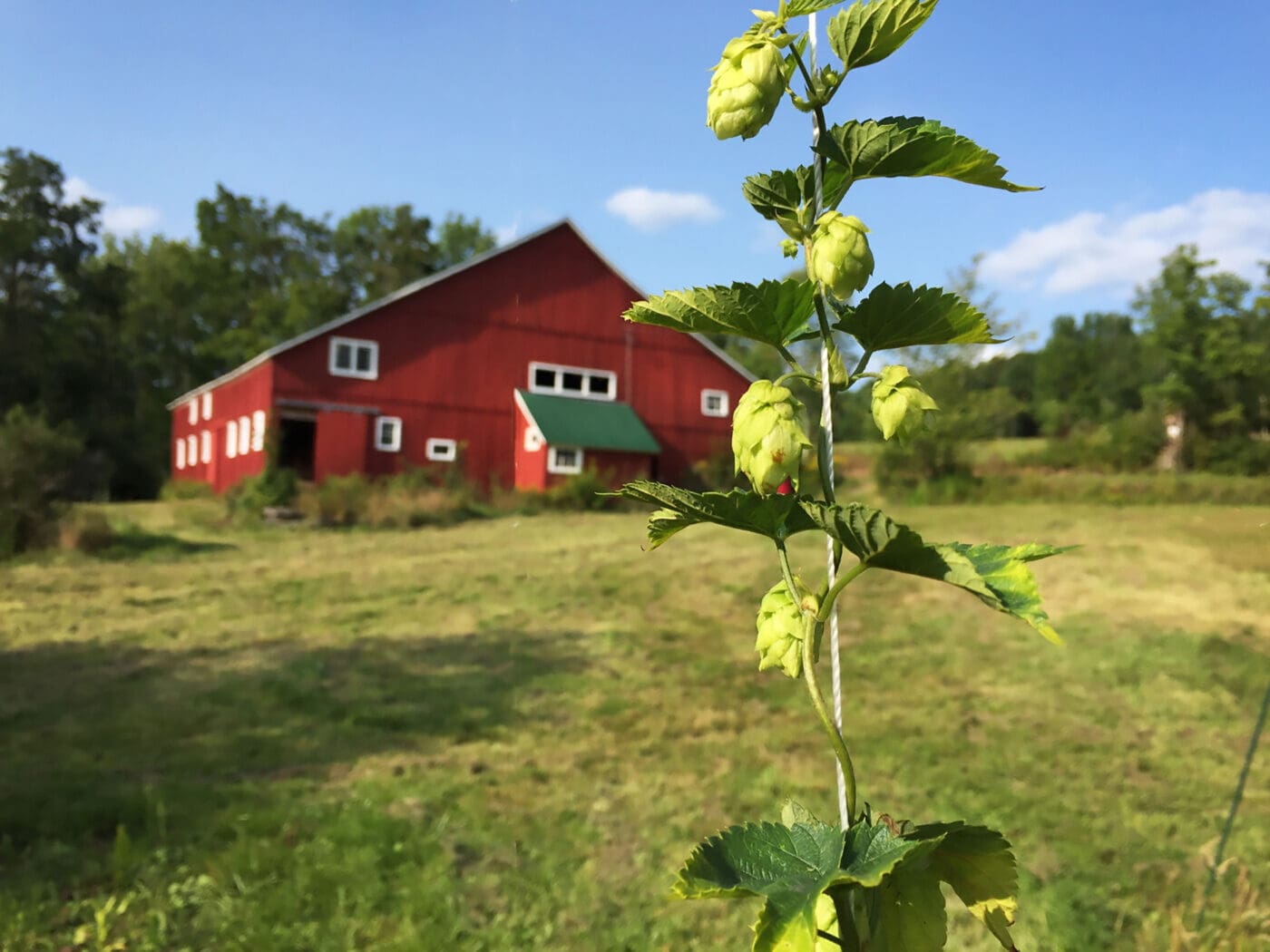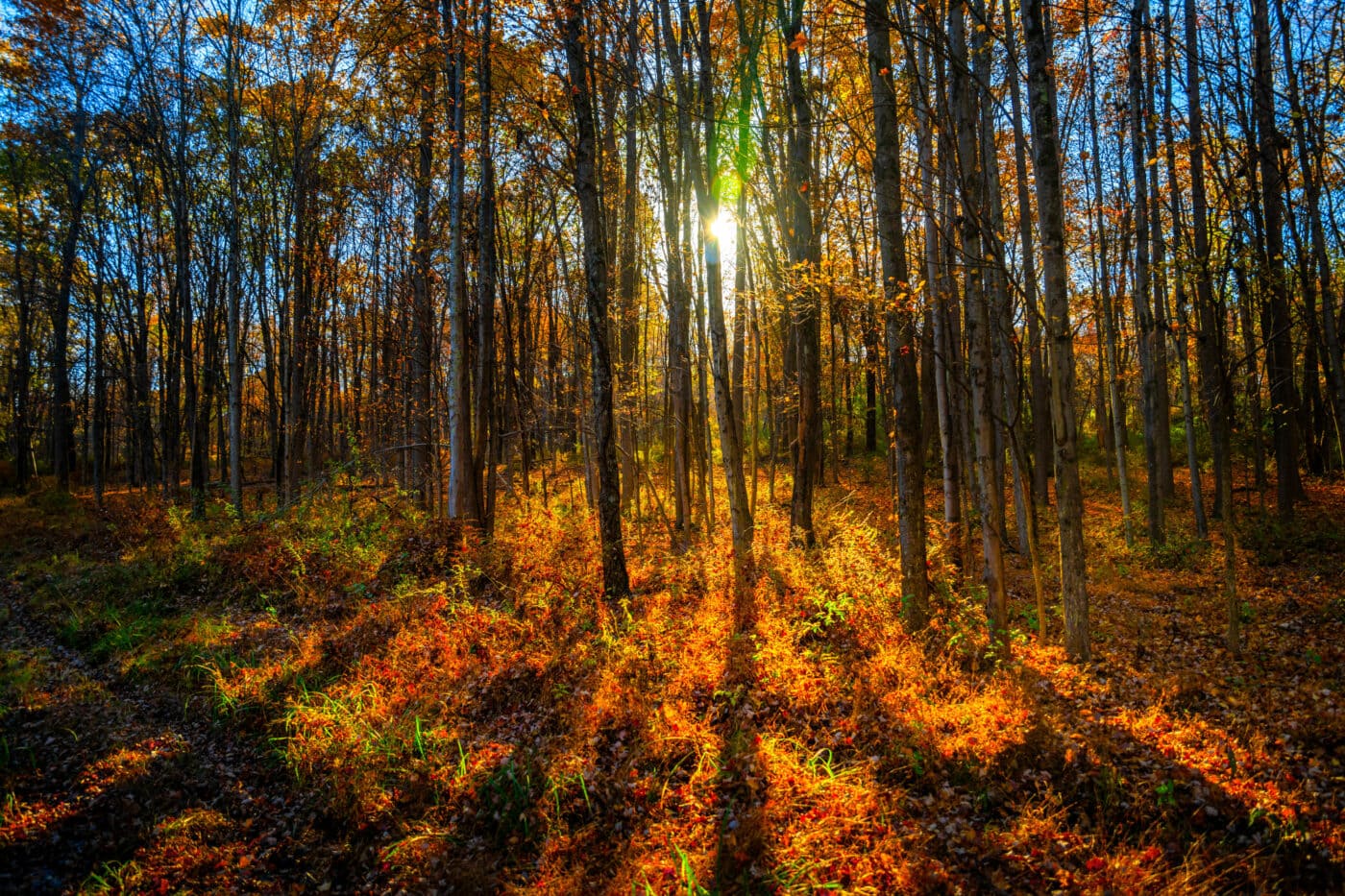Those who are lucky enough to enjoy views of a wooded area as it changes through the seasons can understand how such sights inspire artists of various media. Beyond the fiery leaves of autumn or a sparkling blanket of winter snow, these dynamic landscapes offer an ever-evolving canvas of nuance to appreciate.
This is how Hudson Valley-based abstract artist Robert Ferguson has approached his nature-inspired works over the last half-decade. From expressionist paintings of the lovely yet lethal paths left by emerald ash borer beetles beneath the bark of a dying tree, to emotive drawings that capture the calming joy of a walk among trees, Ferguson lets the natural cycles surrounding his Accord home influence his sculptures, drawings, and paintings.

“My husband and I live on a beautiful piece of property with woods behind us, and during the pandemic we spent a lot of time here, sitting out and observing nature as the seasons changed,” Ferguson says. “I began making sculptures out of different types of wood I’d find on the property — mainly dead wood or pieces cut from damaged trees, and then I’d work in a collage manner to assemble them.”
The hand-sawed pieces are crafted into finished works, which then inspire sketches and drawings in charcoal or graphite. These drawings then beget paintings that are a further abstraction of the original design. “It’s a very improvised process,” he says. “Besides using the collage-style sculptures for inspiration, I’ll also often do line drawings of trees, which then sometimes lead to a painting based on that drawing. I love to draw; even when painting I’m sort of drawing, always keeping the surface active.”

Although this particular method of intuitive expression has developed over the years since pandemic mandates kept him upstate — he and his husband split time between NYC and Accord — Ferguson has long had a personal art practice inspired by nature. “I’ve always been an environmentalist, so nature has been a source of inspiration for many years but especially now, and especially here in the Hudson Valley,” he says. “In the past, I often drew from still life, but it wasn’t until I had the time to sit and appreciate what nature was doing — not just how the season changed, but how the woods could change daily, or throughout the day — that I really started to feel that deeper connection as an abstract artist,” he explains.
Ferguson’s journey into the world of abstract art began after attending a college fine arts program rooted in the European tradition of drawing. Crafting figures in plaster and then creating true-to-life renderings never felt right for him, so he trained as an art historian, working in various art museums while maintaining his own practice in abstract art on the side. “When you’re working at museums dedicated to showcasing the greatest works, it’s easy to compare yourself and not feel like your work is anywhere near as good,” he explains. “So I held a few other jobs and continued taking classes, but it wasn’t until about 20 years ago that I really made an effort to make time for my own art. And now for almost a decade I’ve focused full-time on it.”
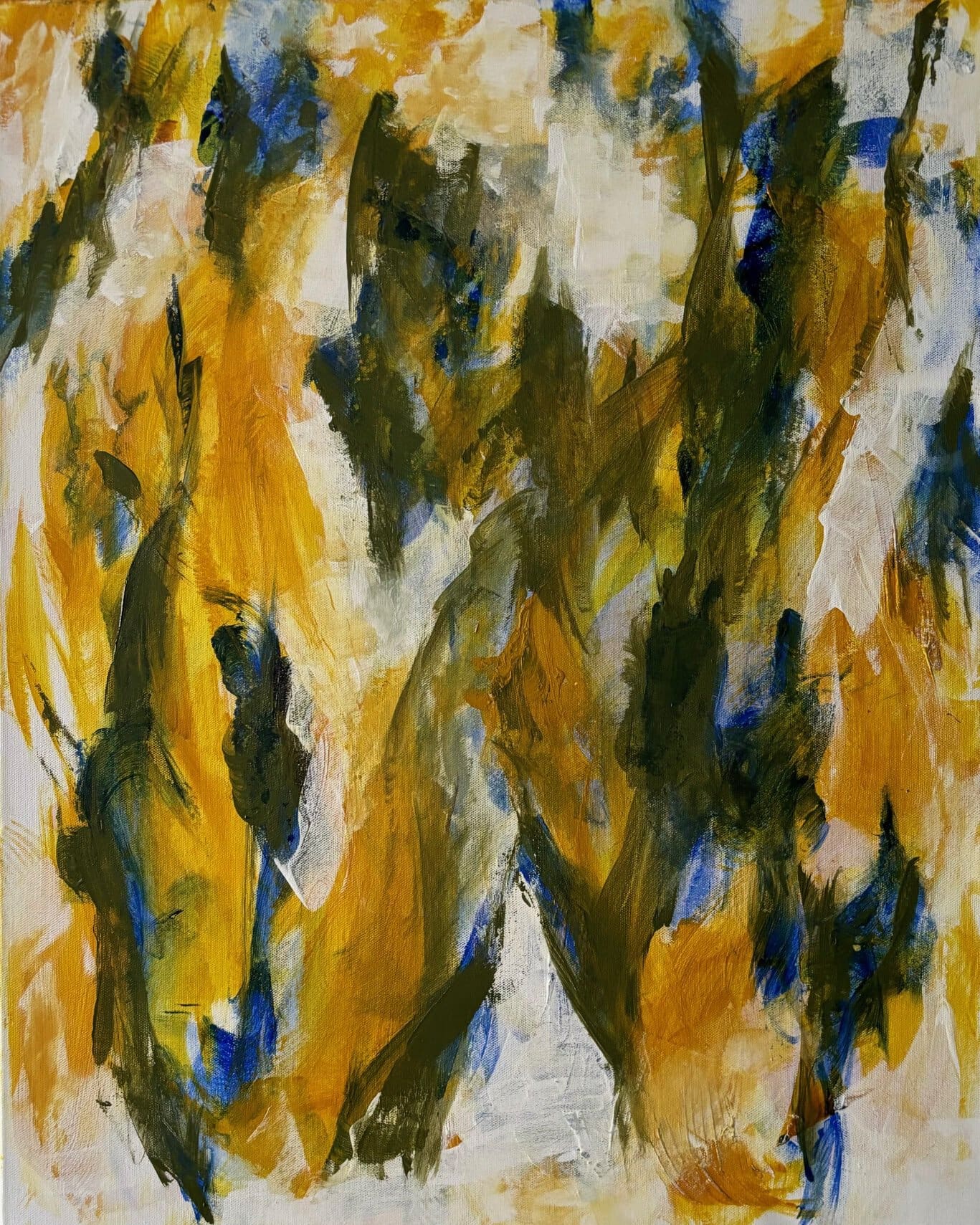
Today, Ferguson finds inspiration from naturalists like Robin Wall Kimmerer, an Indigenous botanist and author whose philosophies center around restoration of our relationships to land, and abstract painter Brice Marden. “I love his work,” Ferguson says. “He talks at length about painting a sense of place without replicating that place — how abstract art can convey an emotional connection to a place.”
Ferguson also recently exhibited a collection of works at the DRAW Gallery, part of the Midtown Kingston Arts District. The show ran from Nov. 2, 2024 to Jan. 11, 2025, and featured his sculptures and unique works, like graphite rubbings of the patterns left behind by those ash borer beetle larvae. “When I first saw the paths that the larvae chewed, they almost looked like hieroglyphs. I did a few rubbings with graphite or charcoal, and that inspired other abstract designs,” he says. “With some of these compositions I later assigned colors, painting in a way that represents the drawing without being an exact representation.”
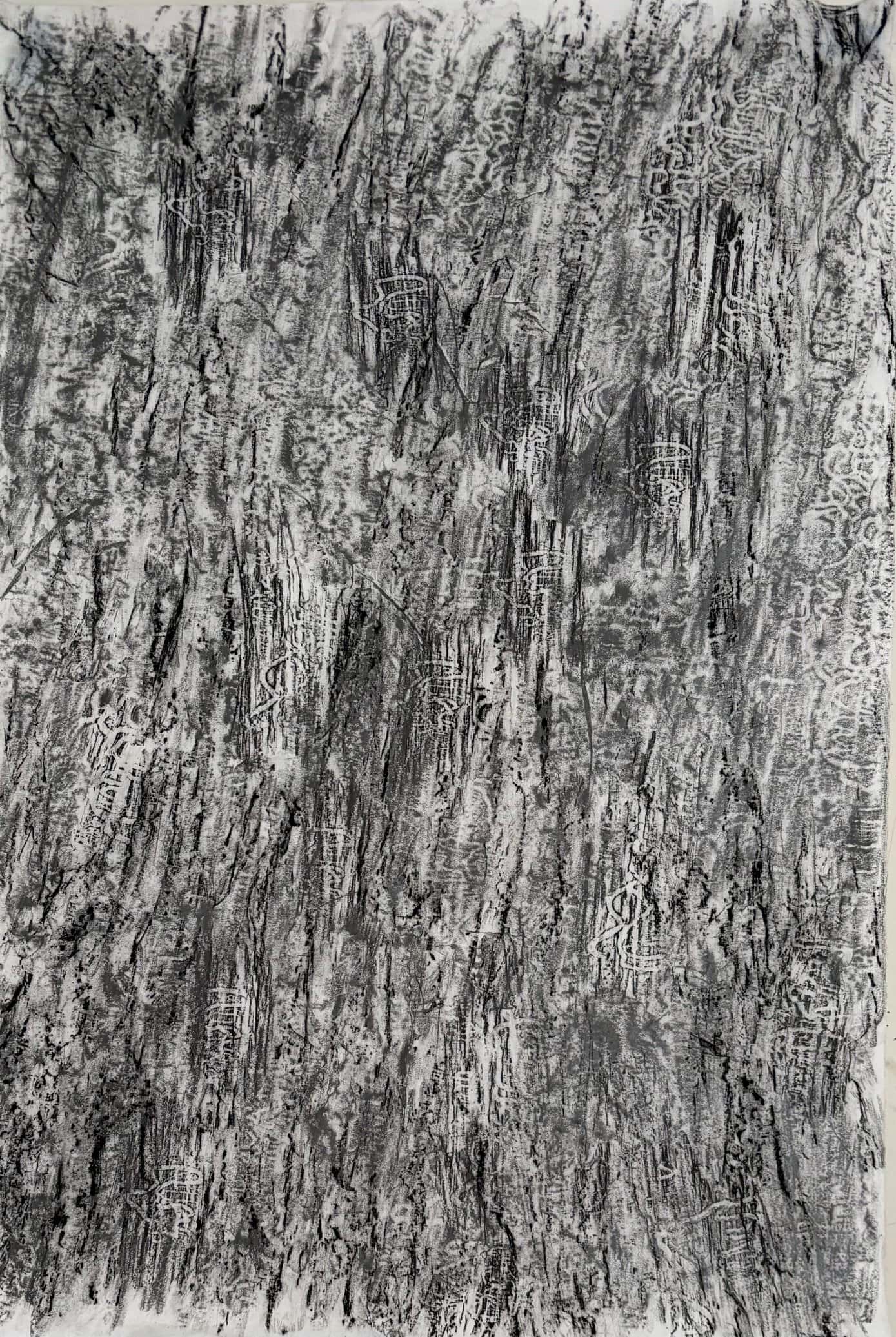
Although his home studio is private, Ferguson says he’s looking for new ways to connect with the greater Hudson Valley arts community and continue sharing his work. “A lot of people talk about art in … bigger cities, but there are so many places outside of the city to find really good art, and the inspiration to create,” he says. “I can draw the same scene daily, and it’ll be different day by day because of the season, weather, or time of day. That’s why sometimes I’ll have a general sense of the composition, but won’t have a plan. The changing scenery allows the process to be more intuitive. I can create from a place where I can let go.”




